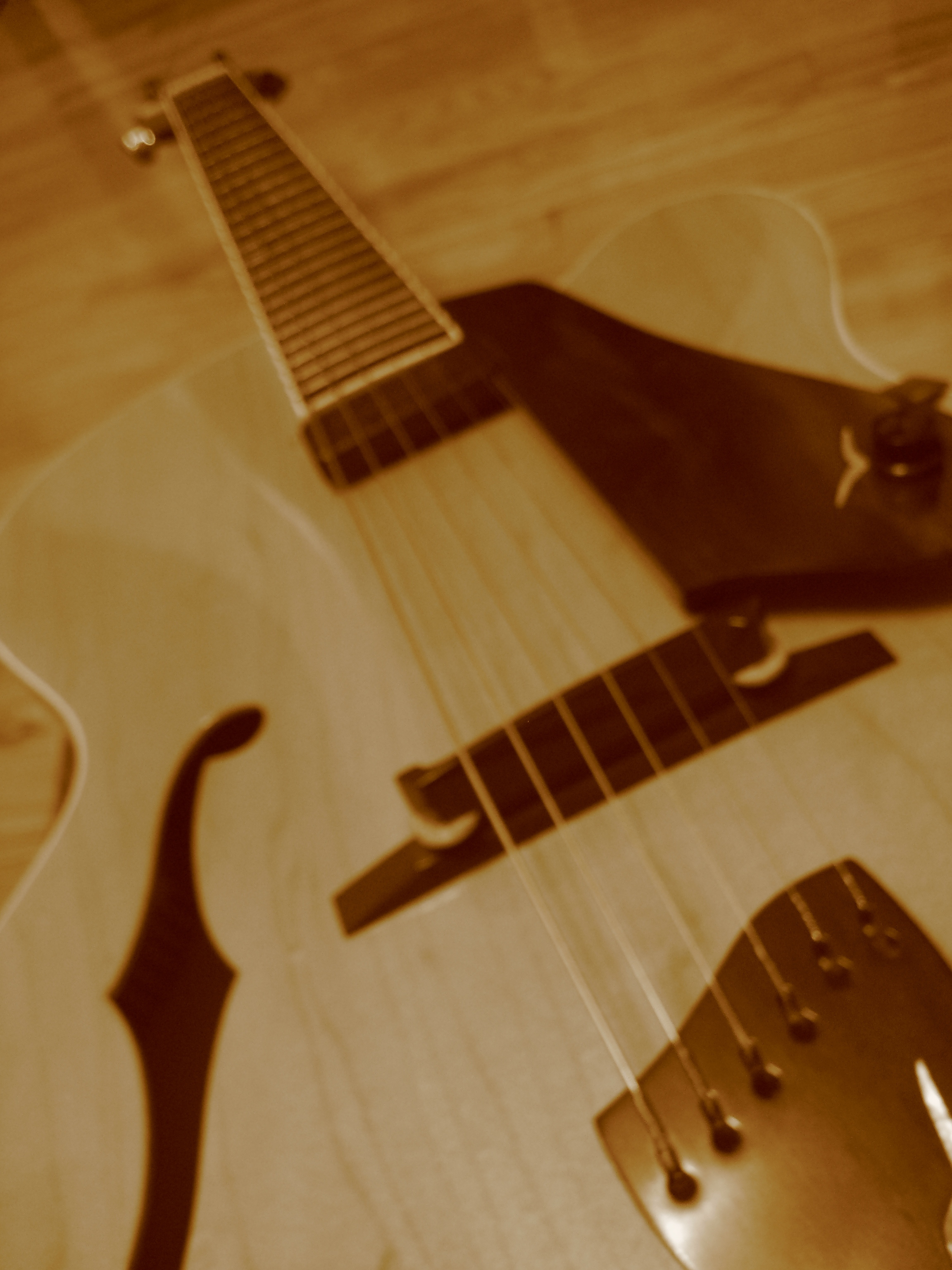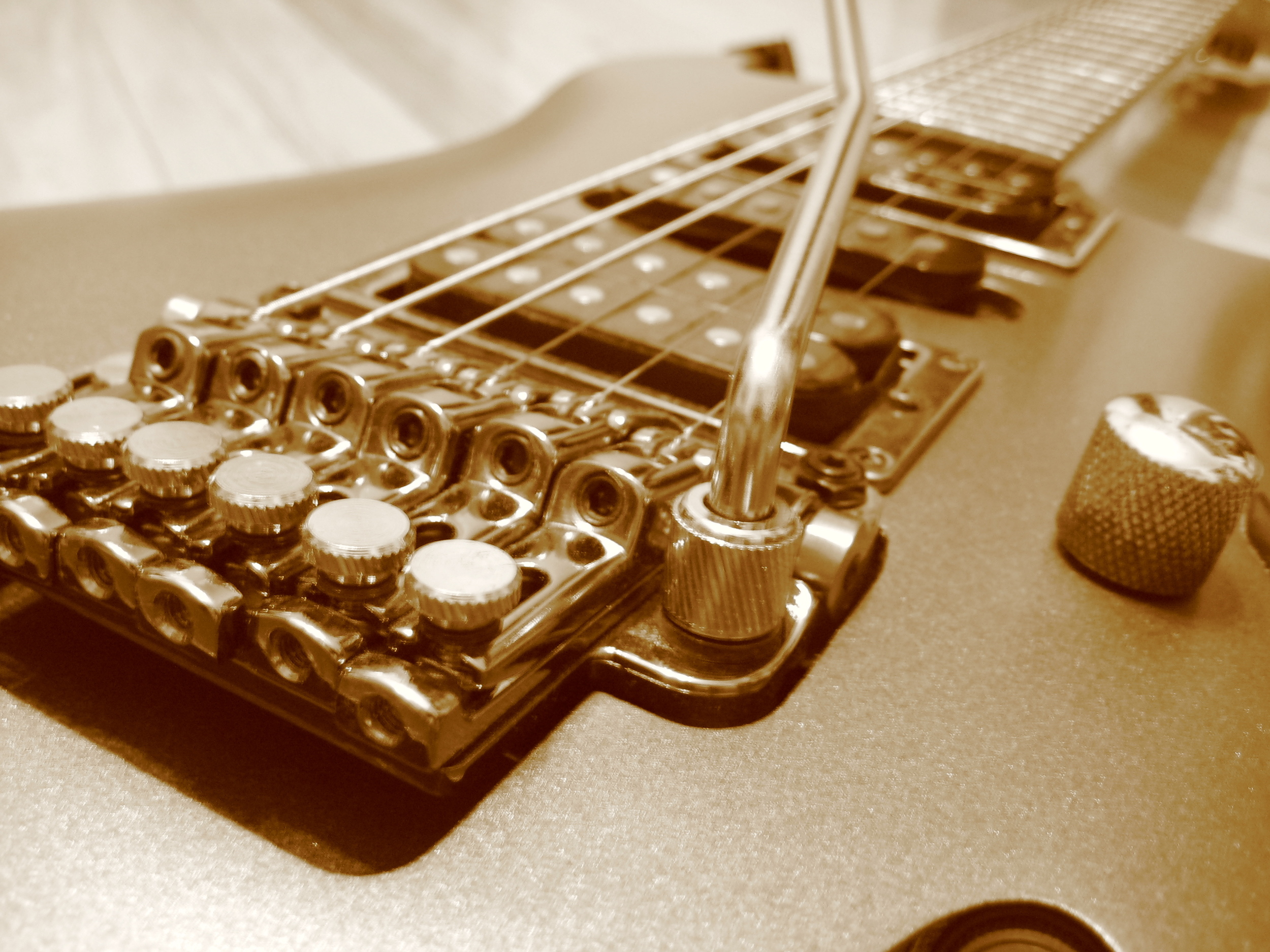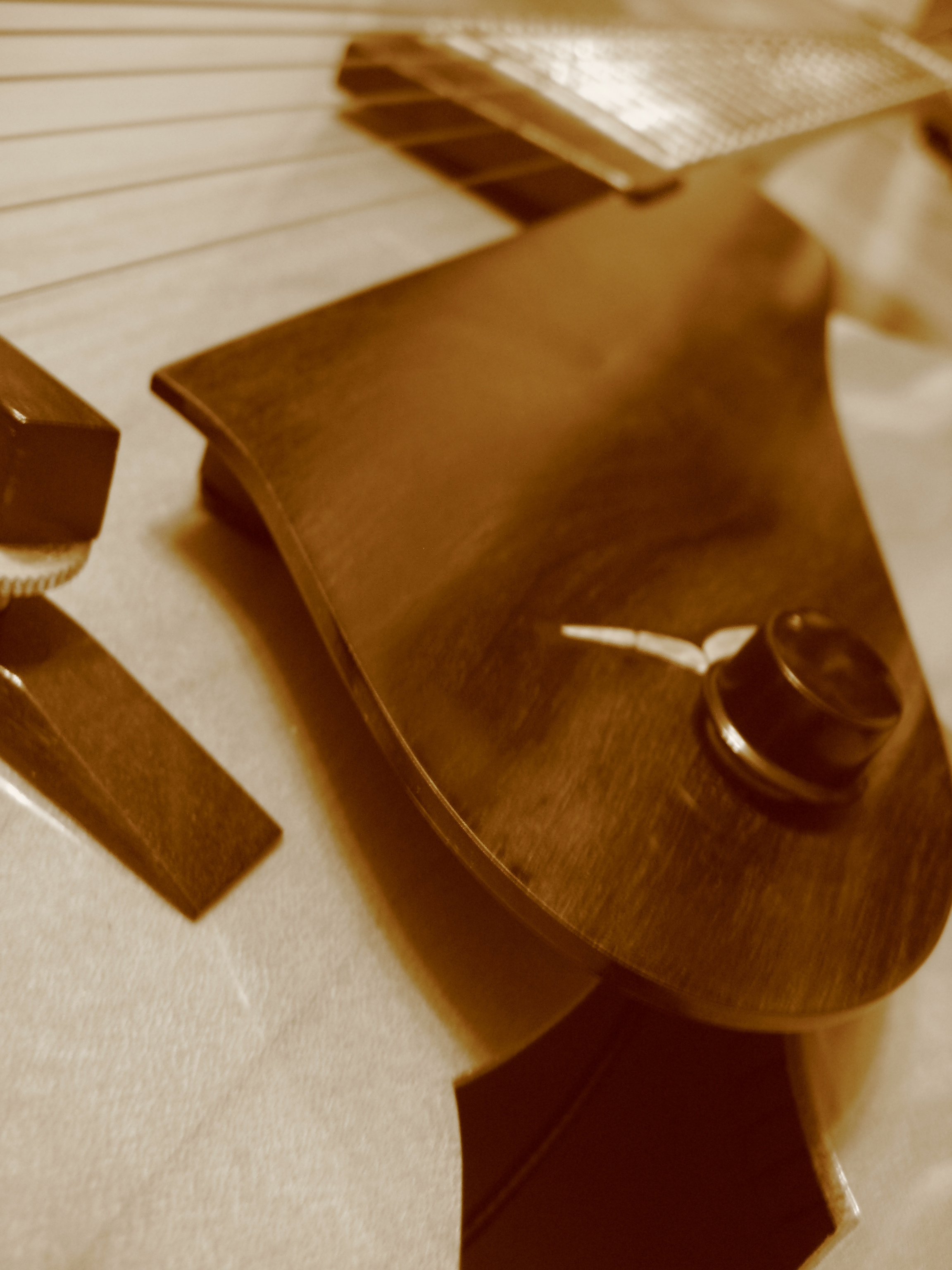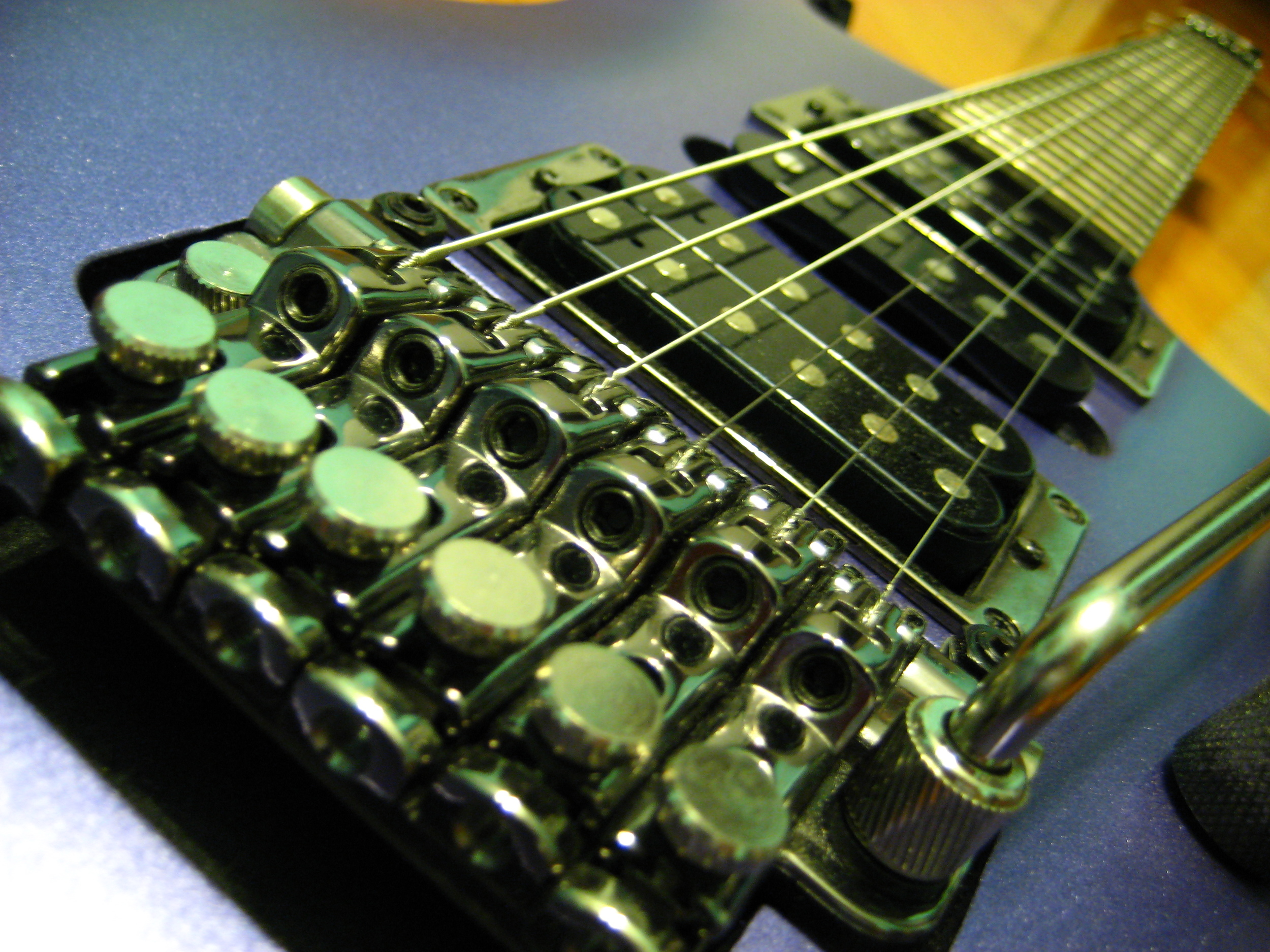I must admit this week’s post is a bit of a rant on my part. However, I feel it necessary to address this subject if only to influence a few of this post’s readers.
In my 23 years as a guitar instructor, I’ve noticed a shift in student understanding of the “up” and “down” of the guitar. I know this may seem a bit silly, but I must say it causes much confusion in the teaching studio.
This unfortunate shift occurs when a student mistakenly believes that moving up the guitar neck means to approach the first fret –– in essence, creating pitches that are descending. I do understand this misconception since proper positioning of the guitar places the neck slightly skyward.
So let’s get it straight once and for all….
Moving upward on a guitar means to move toward the higher, smaller frets. Basically, moving in a direction that will allow for higher pitches.
Upward or ascending motion in music means to produce sounds that are progressively higher in frequency. These higher frequencies result in pitches that are perceived as “higher.” As we move upward on the neck (along one string) he string is being shortened as it is pressed against each fret. This shortening of the string causes the string to vibrate faster and produce pitches that are progressively higher in frequency.
This not only means that moving “upward” on the guitar implies moving from the first fret to a higher numbered fret (like the 12th fret), but also implies moving from the thicker strings to the thinner strings.
Notice I didn’t use the terms 6th string or 1st string? This is because of additional confusion concerning string numbering. Recently, I have also noticed that many students are confused over which string is considered to be the 1st string and which is the 6th.
This is probably due to the fact that some string manufacturers have been placing more than one string per individual string package to reduce waste and packaging costs. Many string companies have been pairing 1st and 6th, 2nd and 5th, 3rd and 4th strings together instead individually packaging each string in it’s own envelope. And of course it doesn’t help that both 6th and 1st strings are pitched to “E”!
To set the record straight yet again, let’s agree on a solution …
The 1st string is the skinniest highest pitched string, and the 6th string is the thickest lowest pitched string. This numbering is in agreement with some of the most established guitar methods on the market (Mel Bay and Aaron Shearer to name a few).
This may seem an excessive treatment of a somewhat simple topic, but this issue actually gets in the way! Which is why I’m calling on you – my readers – to help to educate the masses of guitarists to the notion that up and down on the guitar, just like most instruments, has to do with pitch.
I would love to hear what you have to say! Feel free to post a comment.
Happy picking!






